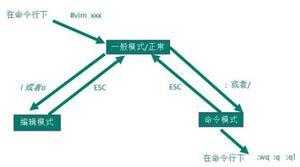查找是否有可能在C ++中从给定的成本和数量范围获得比率
概念
对于从lowCost到upCost的给定成本范围以及从lowQuant到upQuant的给定数量范围,确定是否有可能获得给定比率r,其中r =成本/数量,并且lowCost <=成本<= upCost和lowQuant < =数量<= upQuant。
输入项
lowCost = 2, upCost = 10,lowQuant = 3, upQuant = 9
r = 3
输出结果
Yes
说明
此处,成本= r *数量= 3 * 3 = 9,其中成本在[1,10]中,数量在[2,8]中
输入项
lowCost = 15, upCost = 31,lowQuant = 6, upQuant = 13
r = 8
输出结果
No
说明
在这里,成本= r *数量= 8 * 6 = 48,其中成本不在[15,31]中,而数量在[6,13]中
方法
对于给定的公式,可以轻松推导出以下公式:
成本=数量* r。其中,r表示为成本与数量之比。
关于上述等式,可以容易地推论逻辑。用r检验每个数量值的乘积,应注意,如果乘积的任何一个值介于lowCost和upCost之间,则答案为是,否则为否。
示例
// C++ program to find if it is//可能得到比率r-
#include <bits/stdc++.h>
using namespace std;
//,则返回true
//可能获得比率r-
//从给定的成本和
//数量范围。
bool isRatioPossible1(int lowCost1, int upCost1,
int lowQuant1, int upQuant1,
int r1){
for (int i = lowQuant1; i <= upQuant1; i++){
//用于计算成本对应
//到我的值
int ans1 = i * r1;
if (lowCost1 <= ans1 && ans1 <= upCost1)
return true;
}
return false;
}
//驱动程式码
int main(){
int lowCost1 = 2, upCost1 = 10,
lowQuant1 = 3, upQuant1 = 9,
r1 = 3;
if (isRatioPossible1(lowCost1, upCost1,
lowQuant1, upQuant1, r1))
cout << "Yes";
else
cout << "No";
return 0;
}
输出结果
Yes
以上是 查找是否有可能在C ++中从给定的成本和数量范围获得比率 的全部内容, 来源链接: utcz.com/z/326798.html




